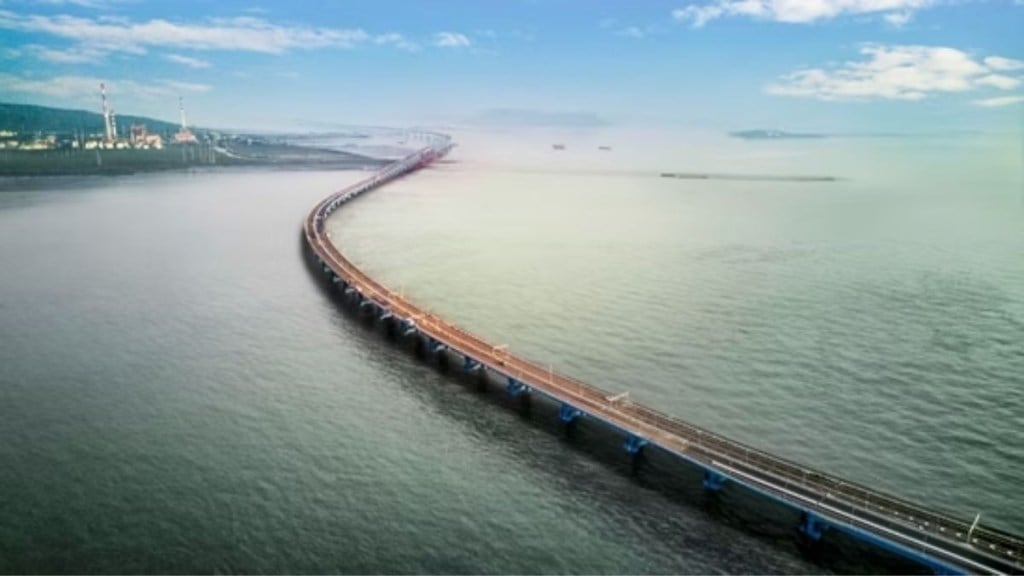Since its opening over seven months ago, the Atal Setu, India’s longest sea bridge connecting Mumbai and Navi Mumbai, has been used by over 50 lakh vehicles, according to the Mumbai Metropolitan Region Development Authority (MMRDA). This amounts to an average of approximately 22,000 vehicles per day over the 227-day period.
In a statement released on Monday (August 26), the MMRDA reported that from January 13 to August 26, a total of 5,004,350 vehicles, including BEST, Navi Mumbai Municipal Transport (NMMT), and Maharashtra State Road Transport Corporation’s (MSRTC) Shivneri buses, have traversed the bridge.
A MMRDA spokesperson informed that the traffic statistics include 4.74 million cars, 50,020 mini buses and light motor vehicles, 59,799 double-axle vehicles, 73,074 three-axle vehicles, 80,277 four-to-six-axle vehicles, and 503 oversized vehicles.
Mumbai Trans Harbour Link
The Mumbai Trans Harbour Link (MTHL), officially named the Atal Bihari Vajpayee Sewri–Nhava Sheva Atal Setu, was inaugurated by Prime Minister Narendra Modi on January 12 and opened to the public the following day.
The MMRDA highlighted that the bridge has significantly reduced congestion and travel time between south Mumbai and key destinations such as Panvel, Pune, and Navi Mumbai. It has also improved connectivity with the upcoming Navi Mumbai International Airport.
Worli Seaface to Atal Setu
The statement also noted ongoing infrastructure developments, including the 75% completed Worli-Sewri elevated road, which will soon provide rapid 5-10 minute access from Worli Seaface to the Atal Setu.
Additionally, an elevated road between the Chirle Interchange and the Mumbai-Pune Expressway is set to further expedite travel between South Mumbai, the western suburbs, Navi Mumbai, Panvel, Pune, and the Mumbai-Goa Highway.

